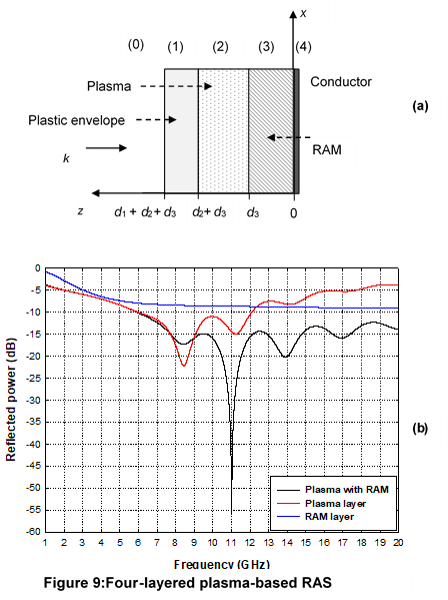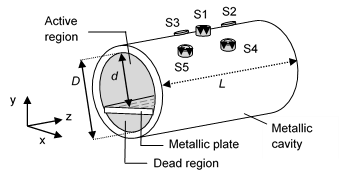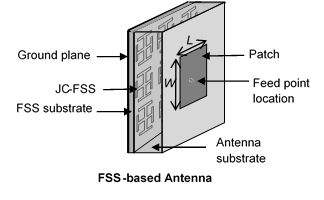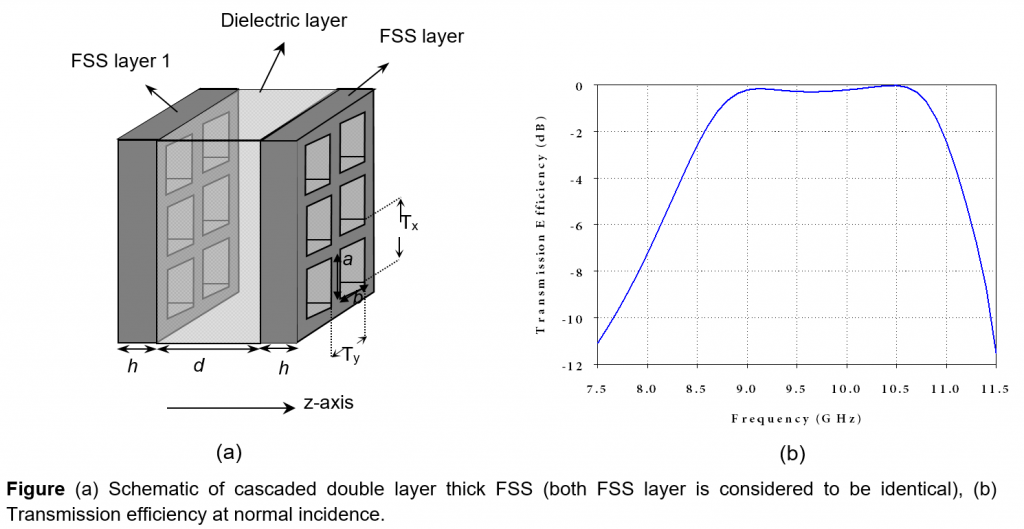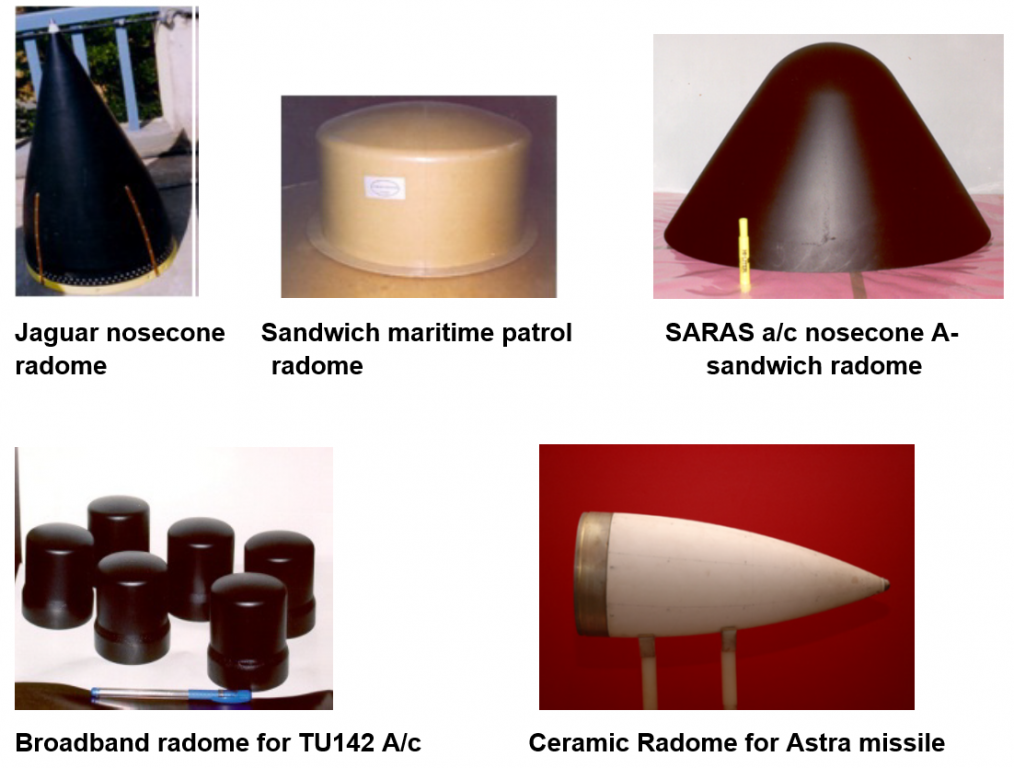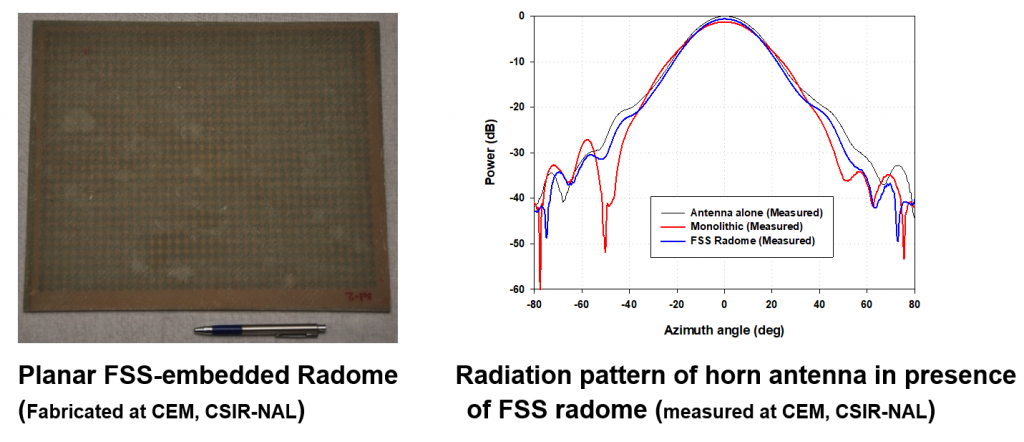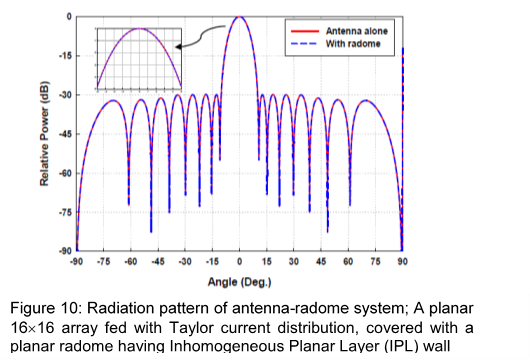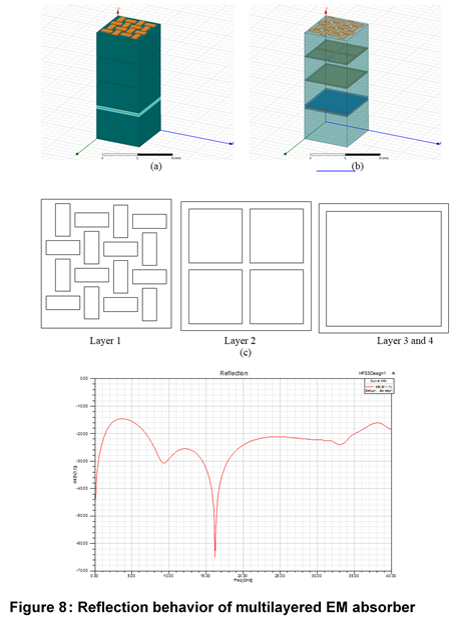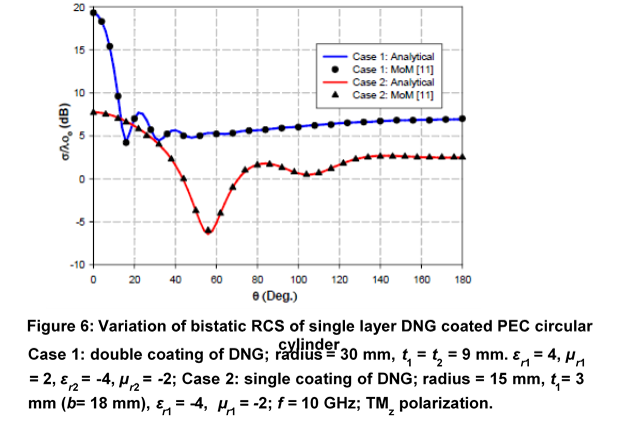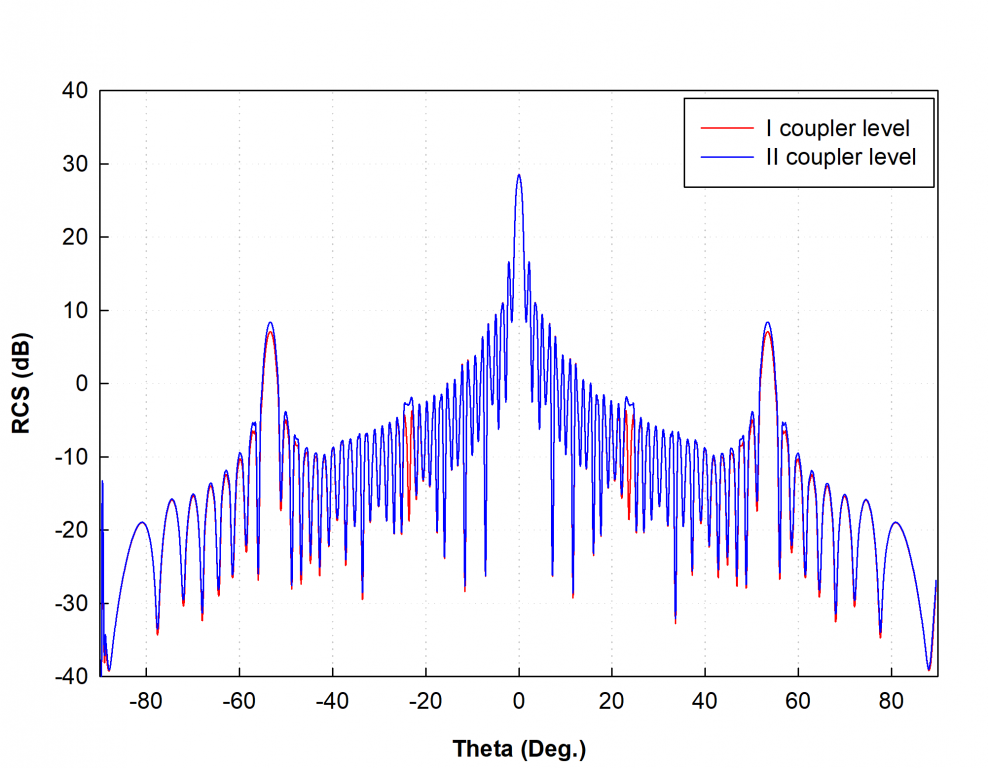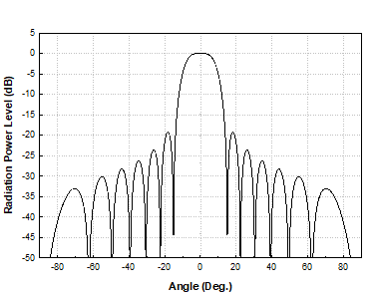
High Frequency Ray based Techniques for RCS Estimation of Electrically Large Aerospace Structures
The upcoming national programs on fifth generation combat aircrafts either manned or unmanned, requires a low observable platform. In this context stealth characteristics or radar cross section (RCS) reduction plays an important role. Estimation of RCS is a prior requirement to design a stealth platform. As, the modern aircraft radars operate in the high frequency, the aircraft structure becomes electrically very large w.r.t the operating frequency. Although there are different techniques exist to compute the RCS of an object, for high-frequency applications, the ray based methods viz. shooting-and-bouncing-ray (SBR) technique, Uniform Theory of Diffraction (UTD), Geodesic Constant Method (GCM), are the best suitable method as it facilitates to provide very fast and reasonable estimation of field strength. CEM team has recently developed quasi-analytical as well as numerical ray tracing based SBR methods for scattering analysis of low RCS engine duct for ADA sponsored AMCA project. The developed method can estimate RCS of any complex duct and inlet geometry with loading absorbers also. Further CEM, team has optimized the radar absorber thickness and submitted an optimized thickness profile for AMCA duct towards low RCS design.
Specifications: RCS analysis of air intake ducts and inlets
RCS analysis of aerospace/ shape
Facilities where this techniques is used:
DRDO programs for Combat aircraft design
Major mile stones / results of this technique:
RCS estimation of any aircraft structure: convex of concavities like air intake ducts
RCS estimation of ships

 English
English हिन्दी
हिन्दी